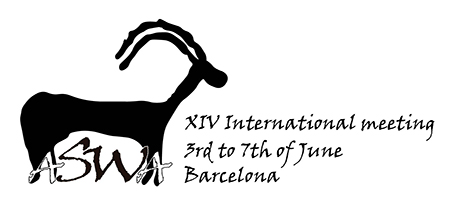Khirbet edh-Dahrih is located 80 km north of Petra on the “Kings highwaty”. The remains of this mainly Nabataean and Roman site extend on a natural terrace overlooking Wadi Laaban. The sanctuary, major element of the site, was built at the beginning of the second century AD, at the time of Roman annexation. Excavations conducted by a French-Jordanian team evidenced major changes of the site from Roman times to Late Byzantine then Islamic times (e.g. transformation of the temple into a church, then a storage area and stable), but they also documented the presence of a village on a ridge, whose occupations date back to the Bronze Age and last till mid-4th century AD. About 22,000 bones (mammals, birds, fish, etc.) found in the various buildings (e.g. cistern, domestic context, triclinia, oil mill, bath) of the site and at all times will allow us to tell more than 4000 years of food stories.
|
|
|
By author > Marrast Anaïs
4000 years of food history at Dharih (Tafileh, Jordan)
1 : Université de Paris-Sorbonne, Paris IV
Labex RESMED
2 : Université Côte d'Azur, CNRS, CEPAM
Université Côte d'Azur, CNRS, CEPAM
3 : UMR 7209, CNRS, MNHN, Paris
UMR 7209, CNRS, MNHN, Paris
4 : ArScAn-UMR 7041, Nanterre
ArScAn-UMR 7041, Nanterre
5 : Yarmouk University
| Online user: 1 | RSS Feed |

|

 PDF version
PDF version